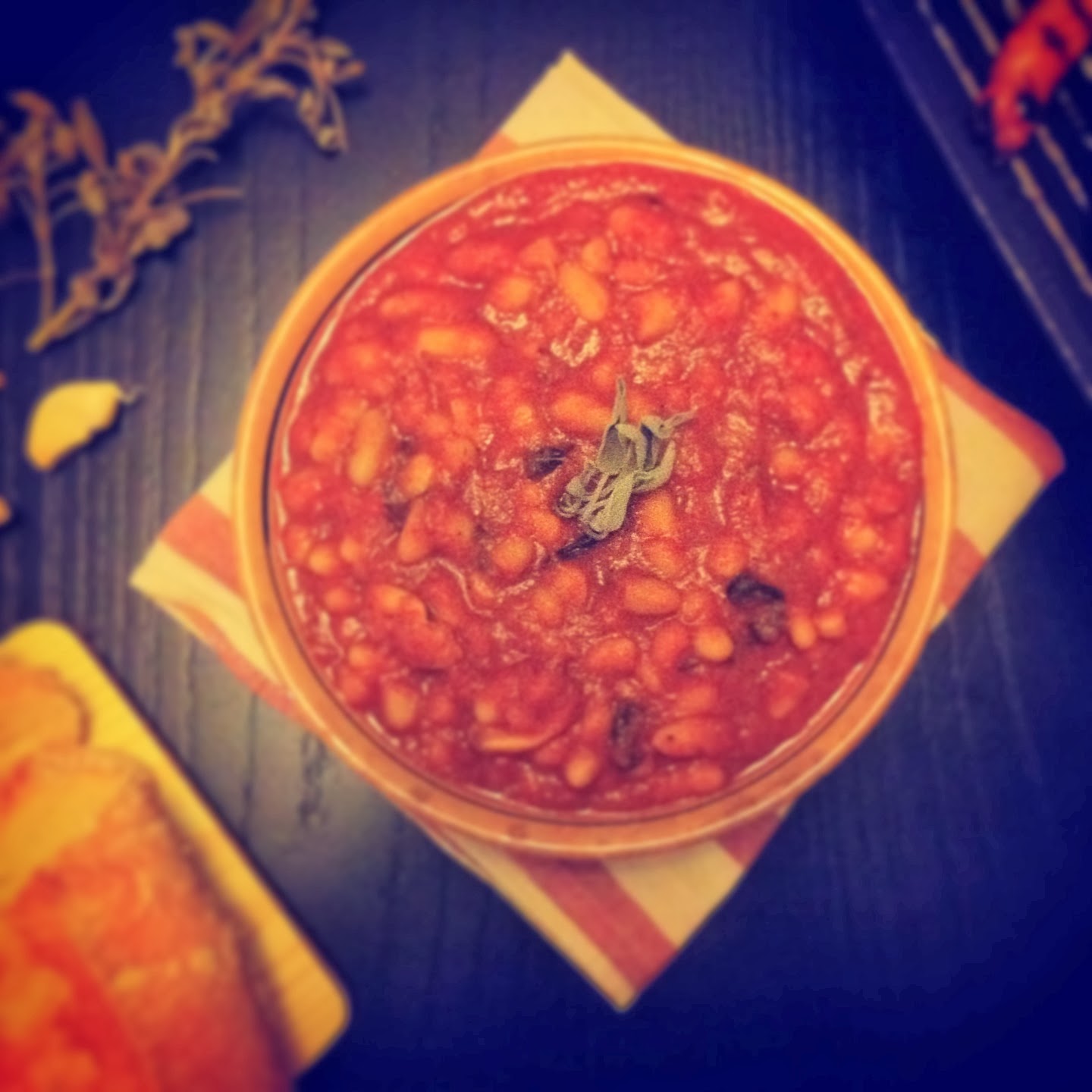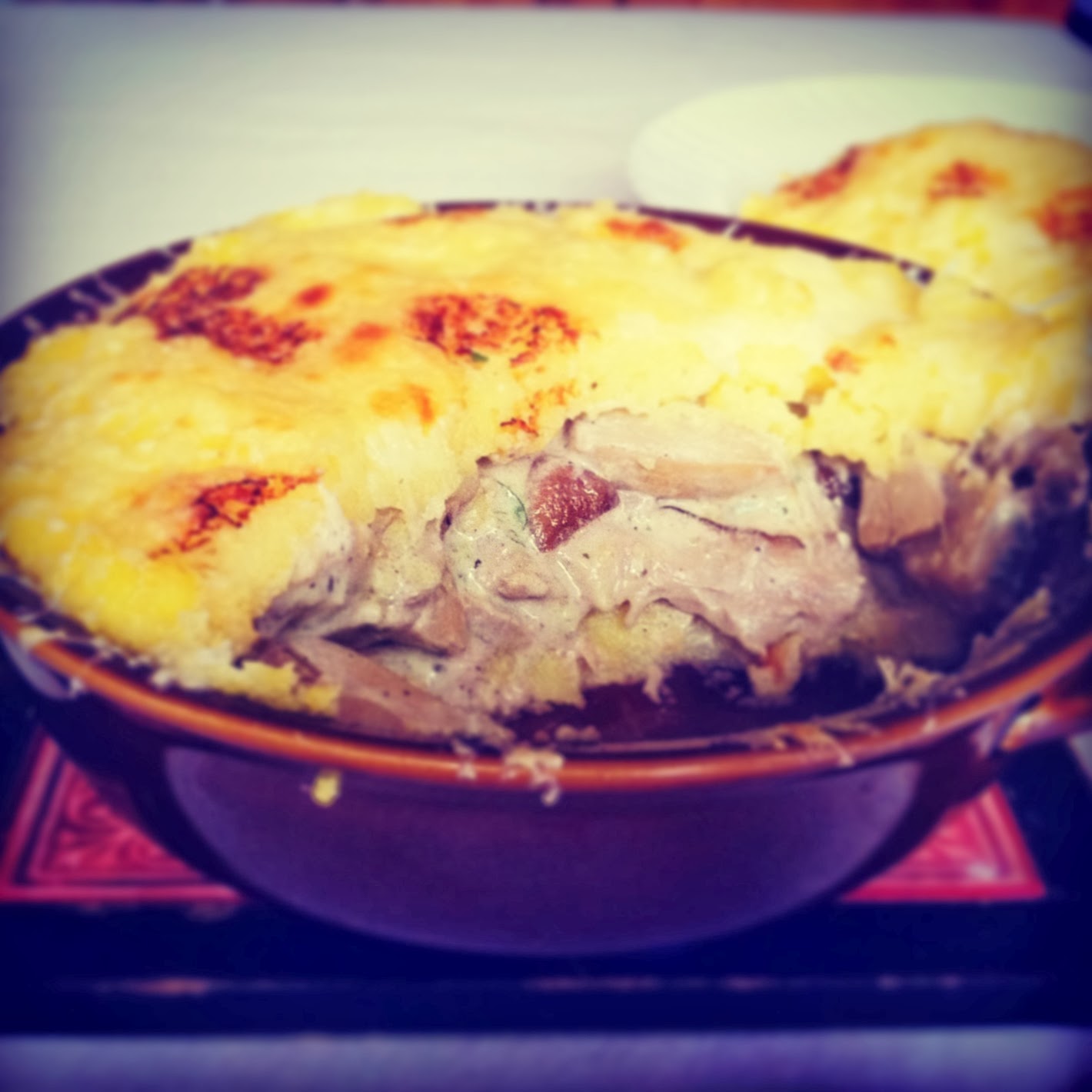This month Jacqueline, the author of vegetarian food blog
Tinned Tomatoes kindly invited me to take part in the November edition of Pasta
Please, a monthly cooking competition, hosted by
various foodie bloggers, which revolves around cooking a specifically themed
pasta dish. This month Jacqueline chose mushrooms as the theme so I thought what
better way to celebrate the end of the porcini season than by making a variation on
the classic porcini e pappardelle. Rather than opting for the classic sautéed porcini version, I decided to really go to town on the mushrooms by making a wild mushroom cream to stir through
the pasta with some fried porcini pieces for an extra intense flavour. I am well aware that fresh porcini are not the easiest ingredient to come
by in the UK so I have also included a variation using dried porcini for
the cream and fresh chestnut mushrooms which I’m sure will pack just as much of
a punch!
Pappardelle alla Crema di Funghi Porcini
Serves 4
- 400g pappardelle pasta
- 200g fresh porcini (or 30g dried soaked in hot water)
- 150g chestnut mushrooms (or 250g if substituting fresh porcini)
- 150g button mushrooms
- 1 clove garlic
- 1 onion
- 1 carrot
- 1 celery stick
- 250g grated parmesan cheese
- Milk
- Olive oil
- Handful of fresh parsley
If using dried porcini soak in enough hot water just to
cover them and set to one side. Roughly chop the onion, garlic, carrot and
celery and gently fry in a very generous glug of olive oil for about 15 minutes
or until soft but without colour.
Add the fresh or soaked porcini, reserving the hot porcini water
for later, 150g of chestnut mushrooms and 150g of button mushrooms. Gently fry
for another few minutes until the mushrooms have wilted down.
Remove from the
heat and puree the mushrooms with an electric hand blender, adding milk or the
porcini water until you obtain a silky cream-like consistency. Return to the
heat and stir in the parmesan cheese, taste and season with lots of salt and
pepper.
Cut the remaining porcini or chestnut mushrooms into chunky pieces and
fry off in olive oil adding salt and pepper to taste. All that’s left to do is
to cook the pappardelle until it is al dente, drain, reserving a little of the
cooking water and return to the pan.
Stir in the mushroom cream, fried
mushrooms and if needed, add a little of the pasta water until you obtain a
silky consistency. Serve with finely chopped fresh parsley. Buon appetito!





.JPG)



.JPG)
.JPG)
.JPG)
.JPG)
























